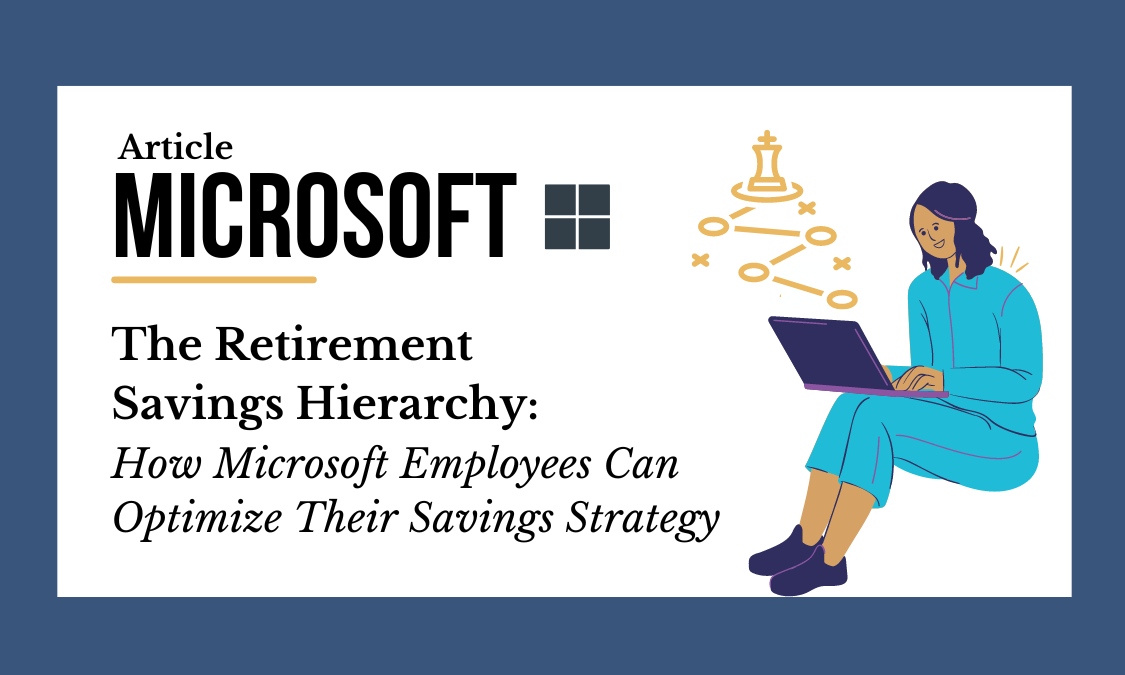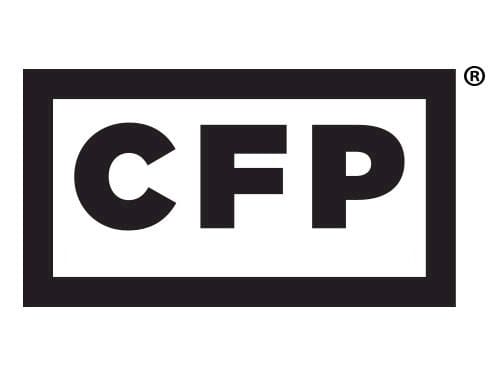The Retirement Savings Hierarchy: How Microsoft Employees Can Optimize Their Savings Strategy

Navigating Microsoft’s wealth of savings options can be a challenge. With so many acronyms and options, it’s easy to get lost. To simplify matters, we’ve laid out a general savings hierarchy to help you prioritize these vehicles, ensuring you make the most of your benefits. This approach is crucial for those working towards work optionality.
1. 401(k) Contributions: Your Starting Line
The first essential step for every Microsoft employee is to maximize the $22,500 contribution to their 401(k) in 2024. Not only does this enable you to benefit from Microsoft’s generous 50% match, adding an additional $11,250 to your account, but it also capitalizes on immediate tax advantages. This isn’t just contributing to your retirement; it’s leveraging free money that Microsoft is offering to boost your savings.
2. Health Savings Account (HSA): Harnessing Triple Tax Benefits
The HSA isn’t for everyone – you need to be on the Microsoft Health Savings Plan – but for those who are eligible, it’s a powerhouse. The triple tax advantage (pre-tax contributions, tax-free growth, and tax-free withdrawals for medical costs) makes the HSA a vital tool for future health expenses and wealth accumulation.
For more information on Health Savings Accounts, you can reference our Microsoft HSA Article. If you’re thinking about switching to the Health Savings Plan to tap into the HSA benefits, let’s talk to make sure it fits your family’s needs.
3. Mega Backdoor Roth IRA: The Retirement Game Changer
The Mega Backdoor Roth is a way to take your retirement savings to the next level. In 2024, you can add an additional $34,500 to your after-tax 401(k) and then convert it immediately to Roth for tax-free growth. Check out our Mega Backdoor Roth Article for more information on this retirement game changer.
For those that are age 50 and above, before delving into the Mega Backdoor Roth, you can contribute an additional $7,500 catch up directly in to your Traditional or Roth 401(k). We suggest doing this streamlined step first.
4. Microsoft Employee Stock Purchase Plan (ESPP): Buy Your Stock at a Discount
Participating in Microsoft’s ESPP allows you to buy company stock at a 10% discount, contributing up to 15% of your salary (capped at $25,000). For those with a desire to own Microsoft stock, this is our preferred method of doing so. As we’ve communicated in the past, we suggest viewing your quarterly RSU stock vests as cash bonuses, since they are already being taxed upon receipt. For those that have accumulated vested stock that over time, we recommend meeting with our office to map out a tax efficient strategy for your Microsoft stock.
5. Deferred Compensation Plan: Another Tax Planning Tool
In your higher earning years, consider the Deferred Compensation Plan (DCP). For those level 67 and above, the DCP allows you to defer the tax on your contributions until you access the funds in the future. This technique can help manage your tax liability, though due to major tax changes scheduled to occur around the corner, the DCP isn’t right for everyone.
Additional Insights
Beyond these Microsoft-specific tools, don’t overlook other avenues like a traditional Backdoor Roth, providing for tax-free growth and added flexibility.
If your salary doesn’t stretch to cover all these saving strategies, don’t fret – there are other ways to utilize these vehicles. For instance, if you find yourself heavily invested in Microsoft stock but are wary of the tax implications of selling, consider this: using the proceeds from stock sales to reinvest in tax-advantaged accounts like the 401(k) or Health Savings Account. Not only does this diversify your portfolio but also potentially reap greater tax benefits. This approach can help balance your investments while still making full use of Microsoft’s diverse financial planning tools.
Conclusion
Understanding and prioritizing the right savings vehicles is key to building and protecting wealth. By following a structured approach to your savings and investments at Microsoft, you can make the most of your hard-earned savings.
Our team of financial planners specialize in working with Microsoft Professionals to create a personalized road map to financial independence. We invite you to Book a Strategy Session with our team today to help you establish an optimal saving plan specific to your financial situation and goals.
Contact Us:
team@stablerwm.com | (425) 646-6327
No strategy assures success or protects against loss. Stabler Wealth Management and LPL Financial are not affiliated or endorsed by Microsoft.
This material was created for educational purposes only and is not intended as ERISA, tax, legal or investment advice. If you are seeking investment advice specific to your needs, such advice services must be obtained on your own separate from this educational material.
A Roth IRA offers tax deferral on any earnings in the account. Qualified withdrawals of earnings from the account are tax-free. Withdrawals of earnings prior to age 59 ½ or prior to the account being opened for 5 years, whichever is later, may result in a 10% IRS penalty tax. Limitations and restrictions may apply.
Securities and financial planning services provided through LPL Financial, a Registered Investment Advisor. Member FINRA/SIPC.
Category
Stay Informed
Join our mailing list to receive monthly newsletters with information that impacts your financial decisions.

Certified Financial Planner
In Business 35+ Years